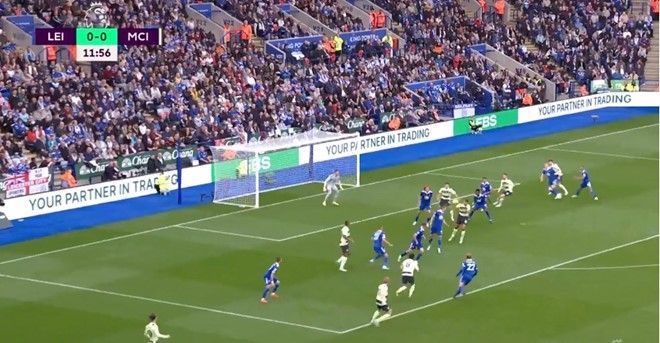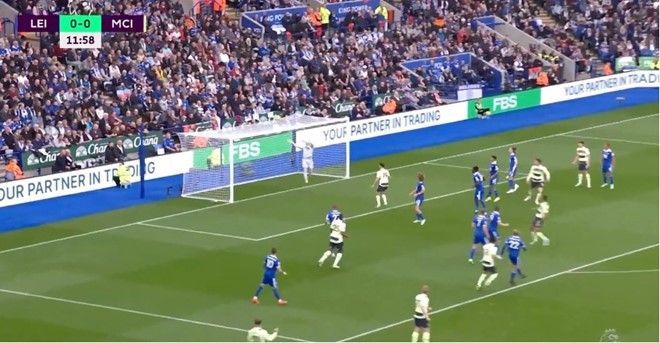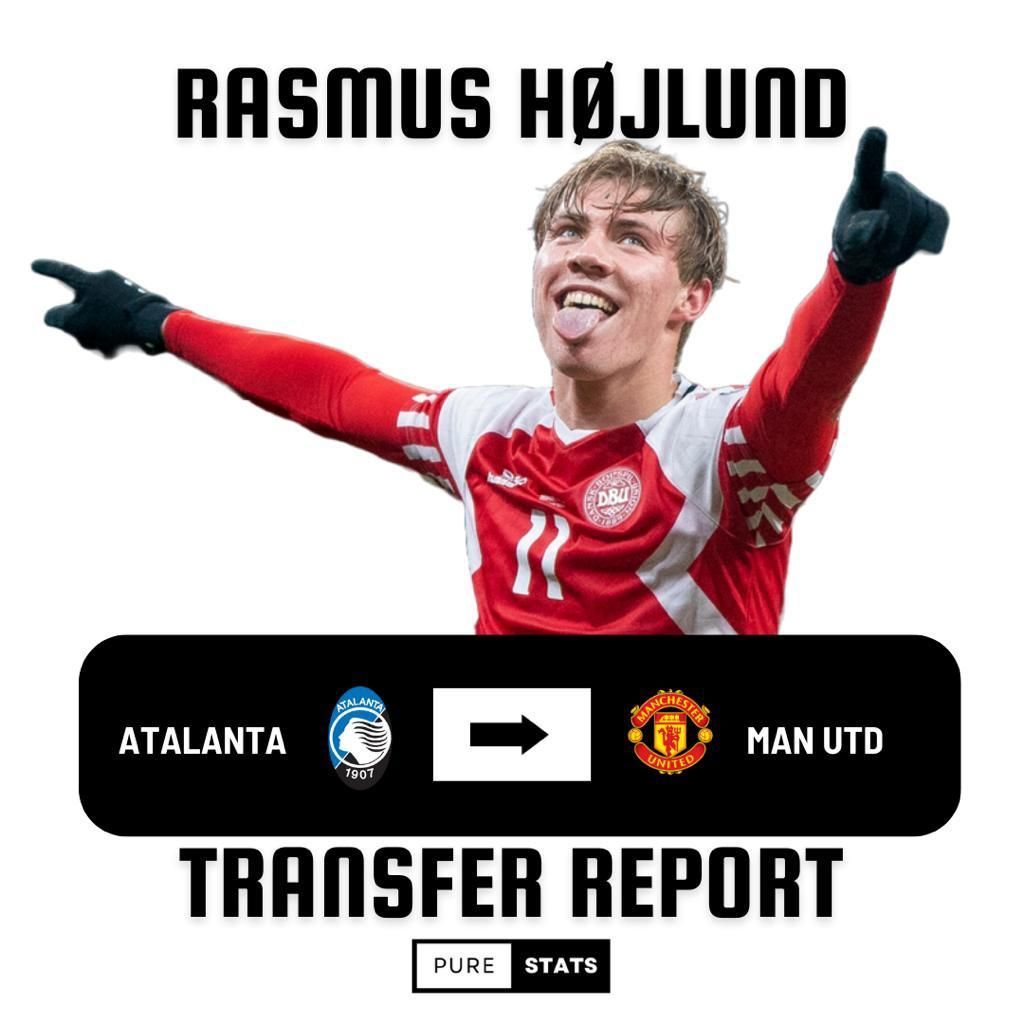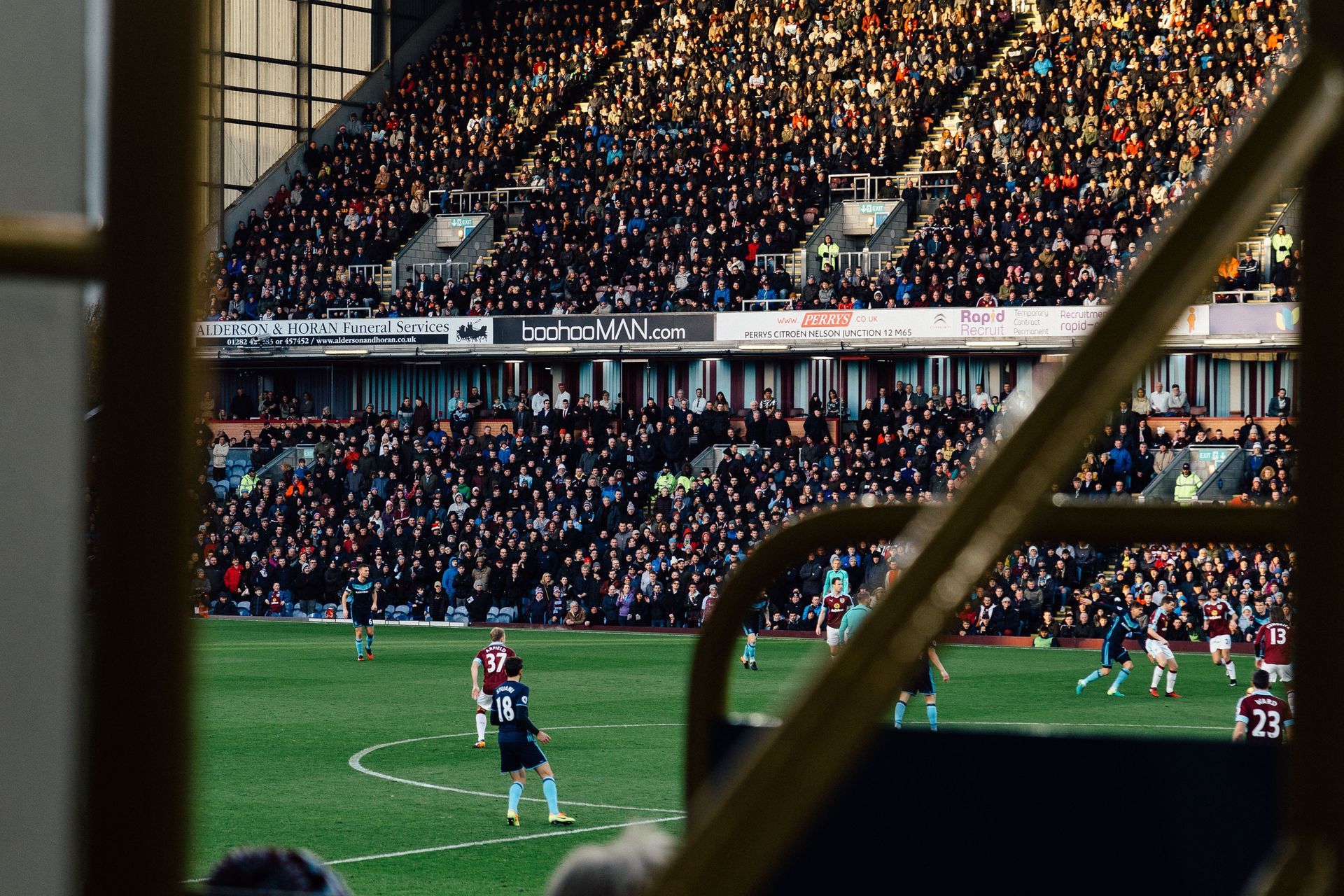Julián Álvarez: The ‘quiet’ boy making a lot of noise
Club: Manchester City
Nationality: Argentinian
Primary Position: Centre-forward
Secondary Positions: Left-winger/Right-winger
Date of Birth: 31/01/2000 (23 y.o.)
Height: 5’7” (1.70m)
Foot: Right
The signing of Julián Álvarez by Manchester City in January 2022 went largely unnoticed by the football community, especially after City’s acquisition of Erling Haaland the following summer. However, after reaching 10 combined goals and assists in the league in his debut season, as well as lifting the World Cup with Argentina in Qatar, more and more fans are beginning to recognise his talent.
Career so far
Prior to joining River Plate at the age of 16, Julián Álvarez had trials at rivals Boca Juniors, as well as Real Madrid. ‘El aranita’ managed to score 2 goals in 5 games at a youth tournament for Los Blanco. However, due to age restrictions, he was unable to make the move over to Europe.
2 years after joining River Plate, Álvarez made his debut on the 27th October 2018, and scored his first goal 5 months later in a 3-0 league win for La Banda. This goal would kickstart Álvarez’s meteoric rise in South America. In December of the same year, he would score in the 2019 Copa Argentina Final in his team’s 3-0 win against Central Córdoba to win the 3rd trophy of his career. The following year, he bagged himself 5 goals in 6 Copa Libertadores group stage games, truly starting to catch the eyes of some of the biggest names in Europe.
On his 22nd birthday, it was announced that the Argentine would be joining Manchester City in the Summer of 2022 for €21 million, spending the rest of the season with River Plate on loan. To draw the curtains on his story in his native Argentina, the forward wrote himself in the history books. Álvarez scored 6 goals for River Plate in their final Copa Libertadores group match against Alianza Lima, tying Juan Carlos Sánchez’s record for goals in a Libertadores game, which was set in 1985.
Since moving to Man City, the forward has impressed in the limited gametime available, picking up Premier League, FA Cup, and Champions League winners’ medals along the way, in addition to being one of Argentina’s most vital players in their 2022 World Cup triumph.
This season saw the explosion of Julián Álvarez to the world, but many Argentinians would have known this was coming.
Style of Play
"He’s a special guy, with his work ethic. He reminds me a bit of Gabriel [Jesus], how aggressive he is without the ball.” This quote by Pep Guardiola sums up the Argentine beautifully. Fully committed to his job, doing his utmost both in and out of possession for the benefit of the team. Álvarez is a versatile forward, able to play on both wings as well as his more natural centre-forward role. He is eye-catchingly comfortable on the ball, hard-working in defensive situations, and capable of providing the necessary end-product. He’s an elite striker in terms of build-up, and possesses a skillset perfectly suited to a possession-dominant system.
Strengths & Weaknesses
Build-up
On the ball, Julián Álvarez is extremely similar to his predecessor—and across the board, for that fact. When compared to other forwards in Europe’s top 5 leagues, Álvarez ranks in the 80th percentile or above for:
· Passes completed*
· Passes attempted
· Pass completion*
· Total passing distance
· Short passes completed*
· Short passes attempted
· Short pass completion*
· Medium passes completed
· Medium pass completion
· Long passes attempted*
· Long passes completed*
· Passes into the final 3rd
· Crosses into the penalty area*
· Crosses
· Through balls.*
*10 of these rank in the 90th percentile and above.*
In comparison to Gabriel Jesus, Álvarez is a much better crosser of the ball and puts up very similar numbers for all the other stats. The metric which really sets the Brazilian and Argentine apart is key passes. The now Arsenal man produces 1.49 key passes per 90 whilst Álvarez completes 1.21. These may sound similar, however 1.49 key passes put Jesus in the 88th percentile for forwards in the top 5 leagues, whereas 1.21 only manages to get into the 68th percentile. Despite the gap, this is something which will only improve with time as Álvarez’ decision making improves, allowing him to find better options when making that final ball. He has also shown that he is capable of making these decisive passes, as he racked up 3.63 key passes per 90 in the 202 Copa Libertadores.
Having someone with Álvarez’s skill set provides Man City with two extremely different forwards. Erling Haaland gives Man City that lethal final end product which City fans had yearned for for years but has brought with him compromises in the way that City can play. Haaland is very rarely in contact with the ball and only ranks in the 60th percentile or above for 3 of the previous 16 metrics mentioned, but none of the 3 are high enough to break into the top 11% of forwards in Europe’s top 5 leagues for those same stats. By having two contrasting players, Pep Guardiola is able to adapt his team to different opposition and different needs as games progress.
Dribbling
Julián Álvarez is also comfortable with the ball at his feet, dribbling. He produces solid numbers in terms of carrying the ball up the field and into dangerous areas; while he rarely gets the chance to go 1v1 against a defender, when he does, he is more often than not successful. He completes and attempts less than half the take-ons than the likes of Gabriel Jesus. However, his success rate stands at a rather impressive 54.1% whilst Jesus’ stands at 46.2%. To put that into further context, Japanese 1v1 master, Kaoru Mitoma is only successful in 46.7% of his take-ons. Hopefully, in the near future, Álvarez gets the chance to play more regularly and we get to see whether he can apply these numbers on a larger scale.
Defence
Similar to his build-up play, Álvarez puts up elite numbers for his defensive contributions for players in the same position in Europe’s big 5 leagues. He ranks in the:
· Top 1% for tackles in the final 3rd
· Top 3% of forward for tackles, tackles won, and dribbles challenged
· Top 5% for tackles in the middle 3rd
· Top 7% for tackles & interceptions
· Top 10% for dribblers tackled
· Top 15% for passes blocked.
These numbers are very similar to those of Jesus and play into the idea that they are very like-for-like players.
Álvarez’s pressing technique is a big part of his defensive contribution, he knows when and how to press too.

Álvarez scanning in order to cut off a passing option
From this image, we can see Álvarez’s pressing ability. When he presses, he regularly scans around him to take in information in regards to where his teammates and the opposition are. This allows him to effectively cut off passing options whilst pressing the man on the ball. In such a possession dominant team, pressing is a key attribute that a forward needs and it is clear to see that Álvarez possesses it.
Haaland is nowhere near the standards set by Jesus and continued by Álvarez, ranking in the bottom 9% or below of forwards for all the previously mentioned stats. This is one of the compromises made by Pep Guardiola and Man City in order to get his elite output in the penalty box. This leads perfectly onto our next point.
Shooting
When it comes to finishing, Julián Álvarez offers the ‘Sky Blues’ more than Gabriel Jesus did. Much like his dribbling ability, his numbers suggest that he doesn’t shoot often, but when he does, he is a very solid finisher. Both Haaland and Jesus average over 3.5 shots per 90 minutes, with the Norwegian averaging 1.94 shots on target, and the Brazilian averaging 1.45. This puts their shots on target percentage at 50.3% and 40.9%, in the 91st and 58th percentile respectively. Álvarez on the other hand, racks up 2.76 shots, and 1.27 of those being on target, ranking him in the 83rd percentile of forwards, on 46% of his shots hitting the target.
The Argentine also offers an upgrade on the Brazilian with the number of shots needed to score. The diminutive forward scores 18% of his total shots, compared to Jesus’ 11%, but not quite to the sky-high number of 27% set by his Norwegian teammate. Álvarez offers Man City the same as Jesus did, but gives them the finishing ability which Jesus lacked, and still lacks. This can be shown by their xG numbers and the average distance to goal they take their shots from. Jesus ranks in the top 1% of forwards for distance to goal per shot, with his average distance being just in front of the penalty spot, 11 yards. Haaland and Álvarez, however, both take their shots from further out, from 12.7 yards (78th percentile) and 15.2 yards (29th percentile).
Despite this, Haaland and Álvarez both outperformed their xG numbers last season, with Haaland scoring 10.06 more goals than expected and Álvarez scoring 3.39 more, whilst Jesus underperformed his xG in all but one year at Man City, and last season was 4.15 goals behind expected.
Off the ball
Off the ball is where Álvarez thrives. He combines his speed with constant movement to create space for himself and to provide a passing option. Álvarez is a very reactive forward who displays a high level of game intelligence and knows when and where to move.
If you get the chance to watch Álvarez play, watch his anticipation for the rebound. Often, when a teammate shoots, he is the first to react and is caught standing just in front of the keeper waiting for the rebound to fall his way.


Álvarez positioning himself in front of the keeper for the rebound
This anticipation isn’t poorly timed: Álvarez is one of the best forwards in Europe for timing his runs in order to avoid being offside, ranking in the 97th percentile in offsides for forwards. For some context, Erling Haaland ranks in the 89th percentile, Harry Kane the 76th, Lewandowski the 47th, and Karim Benzema the 28th percentile.
Álvarez is also a selfless runner, as shown in the 2022 World Cup. Álvarez was tasked with doing all the hard work to make up for Messi’s lack of it. It was this selflessness, along with his good finishing that waltzed him into the team ahead of Lautauro Martínez. His defending from the front allowed Messi to preserve his energy for his time on the ball, and his constant runs in behind the defence stretched the back line to give Messi, Di María and Mac Allister more space.
Aerial ability
Julián Álvarez’ aerial ability is by far his greatest weakness. The Argentine stands at only 5’7” and this is likely why he lacks strength in the air. This is something which will most likely improve as he matures, but the ceiling does not seem very high. Álvarez can only muster a 30.6% aerial win rate, similar to his predecessor Jesus, who averages 34.8%. The two, then, rank in the bottom 12% and 20% of forwards in Europe’s top 5 leagues.
This was the cause for many debates during Jesus’ time at City, and also one of the reasons the club looked towards the Norwegian giant that is Erling Haaland. Standing 6’4”, Haaland provides something up top that the Citizens haven’t possessed since the departure of Edin Džeko. Haaland averages a 49.1% aerial success, sitting in the 74th percentile. Having Haaland in the team gives Man City the unpredictability in their play, offering an option long if need be.
What’s next?
Álvarez’s main strengths are, without a doubt, his ability off the ball and his link-up play, but his physicality will remain a concern. Despite this, Álvarez has every chance of making it to the top level of football. A very well-rounded centre forward, combining speed and game-smarts with quality finishing and an unbelievably high level of technical ability. His biggest threat, however, is the physicality and defensive nature of the Premier League. Álvarez has also suggested that this is what he has found hardest to adjust to: “It's difficult to find space and get in behind and as a striker I've got lots of players around me. Sometimes it's hard to get as much time on the ball as you're used to. If I have to make more movements and runs off the ball, that's what I'll do.” Often considered the most difficult of Europe’s top 5 leagues, if Álvarez doesn’t maximise his strengths, a significant weakness may be exposed by physical teams who deploy a deep block.
Currently playing for one of the best attacking coaches in world football, Pep Guardiola, gives Álvarez every chance of becoming a household name in the years to come. With Alfe Inge Haaland suggesting his son won’t be in England for many years, it’ll be very exciting to see whether Álvarez can put himself in the window to be Man City’s next Argentinian superstar up top.
A clear pathway seems to have presented itself within the national team too. With no elite Albiceleste strikers, Julián Álvarez took the 2022 World Cup by storm and provided the complete package that every other centre-forward previously lacked.
At the age of 22, Julian Alvarez has plenty of time to live up to the immense potential he has shown so far in his career. And with the support of the elite coaching talents behind him, it’ll certainly be intriguing to see what heights he can truly reach.














